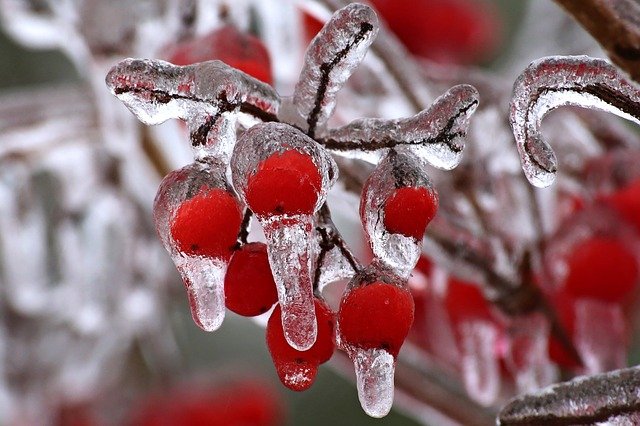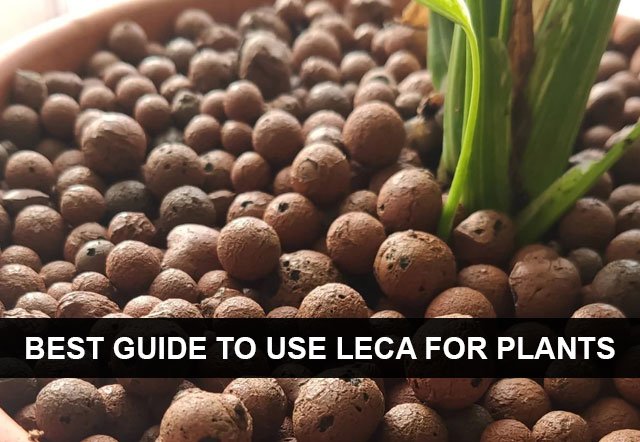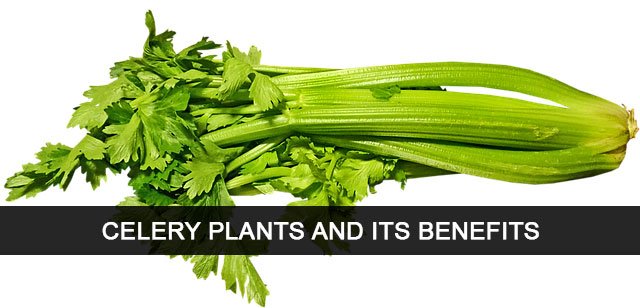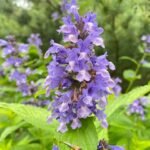We can feel the temperature dropping, which means less time out in the mud playing with your plants. Less time yes, but not entirely over. There are plenty of beautiful flowers, shrubs, vegetables that bloom in the coldest months of the year. Here is a guide on vegetables you can easily grow in winters and can make use of in your soups, salads as well as meals. We are also going to talk about flowers that can add a beautiful flourish to your winter garden.
There are perks of growing winter vegetables. Firstly, as temperatures are lower, the need for water is significantly reduced. You should also opt for drip irrigation when watering. If you are from an area where frost occurs, then you should be able to peacefully garden without having to worry about pests, but if you are from a mild area region, then you might want to look out for slugs and aphids, at most. As pests are less of an issue in the colder seasons.
Healthy Vegetables You Can Easily Enjoy In Winter

1.Arugula:
It is known for being at its best in lower temperatures as it grows until first frost, then goes semi dormant for the winters, and then begins to grow again once the temperatures start to rise a bit. It serves both as a cover crop and a healthy green for salads. It packs a good punch of calcium, potassium, folate, vitamin C and K.
2.Brussel Sprouts:
They’re the strong women of the family as they are the coldest bearing of the cabbage family. They can withstand freezes for a short period of time but wont grow if buried in snow for a long time. You can enjoy their multi nutrients, fibers, vit K, ALA Omega-3 fatty acids as well as fiber.
3.Cabbage:
They’re quite cold hardy as well hence a good choice for winter gardening. The key is to stagger the planting for a better and spaced0out yield. Chinese cabbage is one of the popular ones for stir fries and salads.
4.Broccoli:
Plant broccoli in mid to late summer to grow a late fall or early winter crop. In mild winter regions, plant in fall for winter harvest. Best part is that it continues to produce side shoots once the main head is harvested, hence you can enjoy it into early winters when that happens.
5.Endive:
It comes in two forms – first is a narrow-leaved variety called curly endive. The other is called escarole and has broader leaves. Both can be a great addition to your salad this winter.
6.Kale:
It is a green, leafy, cruciferous vegetable that is rich in nutrients. It grows well along with other greens. It can survive even when temperatures fall to 10 below zero Fahrenheit. Like other green veggies, kale has vit A, folate, ALA Omega-3 fatty acid etc.
7.Spinach:
Another great one to grow in the cool weather. You can sauté it with garlic for winter meals. If you leave a few green leaves on each plant, you will see them ready for a second harvest in May as they will grow again in spring.
8.Swiss Chard:
Its one of those veggies that’ll add color to your garden as well as your meal. Its stems can be neon red, purple, or yellow. It has a mild over all flavor.
9.Collards:
If you have a lot of space, be sure to grow these adult babies to add a flare to your garden. They have a lot of vitamins and minerals.
10.Beets:
These are only possible to grow in mild winter regions and not in extremes. Late plantings that ripe through winter will be the sweetest because the roots store sugars during cool weather.
11.Lettuce:
Almost all varieties do well in cold temps. Avoid growing the head lettuce, go for leaf, bib or romaine type as head lettuce won’t get done before the extreme temperature sets in. Be prepared to harvest all varieties before the temperatures really drop, as you might lose the plant if you wait for long.
Michael Pollan said: “The garden suggests there might be a place where we can meet nature halfway.” It is a saying that makes us want to have a nice little garden in the backyard and most importantly to add a collection of vibrant flowers to it. To have a place that we cultivate from our own hands and nurture into a haven of love and growth.
Diva Flowers That Bloom Easily in Winter

- 1.Calendulas:
- They’re yellow, enthralling and thrive in mild winters. You can grow them in containers as well as flower beds with plenty of sun.
- 2.Winter Aconite:
- They have bright green leaves with yellow buds and petals that stand out specially if there’s snow in your area.
- 3.English Primrose:
- these offer you circular flowers in almost every color. They’re small but look beautiful in bloom as a bunch. They’re one of the early bloomers. They’re easy to care for and are better suited for mild climates. If it gets frosty in your area, you can care for these inside as well for a while.
- 4.Winter Pansies:
- These are probably one of the sturdiest flowers when it comes to weathers they can bear. They survive in extreme winters and then return in full beauty even when the weather starts turning warm. They come in carrying shades of white, gold, violet, orange, maroon, and red.
- 5.Snow Drops:
- They’re one of those flowers that you are content to just gaze at. These winter blooming plants are easy to grow. They’re known to multiply by themselves.
- 6.Violas:
- These are perfect to brighten the dull woody looking winters. They not only look good but also have a sweet fragrance that might carry if you live in a windy area. Once you sow them, they’ll probably return every year as they self sow.
- 7.Winter Jasmine:
- You can sow these late winter to see them bloom on the first warm January day if you live in a city with mild winters.
- 8.Witch hazel:
- These are one of the different kind of shrubs that your neighbors might come to see as well. They bloom in late fall and into the winter, depending on the species you’ve planted. The flower colors range from red to yellow.
- 9.Winter Honeysuckle:
- It is a flowering shrub like witch hazel. Though it has small white flowers with a lemony scent that is great as a winter garden fragrance. They appear in mid to late winter and prove to be a great nectar source for honeybees.
- 10.Winter Heath:
- They’ve bell like flowers that bloom in colors ranging from reds and purples to whites and pinks.
Alfred Austin said: “The glory of gardening: hands in the dirt, head in the sun, heart with nature. To nurture a garden is to feed not just the body, but the soul.” Like everything, winter gardens require utmost care and sometimes breed failures as well. The goal is to enjoy the process and learn from the experience. Here are a few tips gathered from winter gardeners that might help you start out your own garden or give a kick to your old one.
Plan Your Winter Garden
The most important step is deciding your planting date. Its codependent on the first frost date. The best time is 6-8 weeks before the first frost, or the extreme drop in temps. You can simply google the first frost date and then start planning around it.
Your goal should be to complete the sowing within two weeks so that it has enough time till harvest.
Choose Your Crops
Use this guide to choose the ones you want to grow as not choosing the right ones might overthrow your plans of an effective winter garden. Avoid plants like tomatoes, beans, and corn.
Get Your Seeds
Buy your selection of seeds end of summer as most of these crops will also be a part of your fall garden. Choose to go with the seeds that are specially bred to withstand cold weather conditions.
Prep Your Soil
One thing a lot of people who are new to winter gardening forget is to prep their soil. It Is a very important step as the soil isn’t used to being used all year round. Clean up the old plants and remove the invasive weeds that might have taken hold in the previous season. Amend it using organic material. Also use winter mulch like bark chips, straw, evergreen boughs, or any other coarse textured organic materials. The main goal of winter mulch is to protect the roots of your winter plants from the imminent attack of heavy freezes or extreme temperatures.
Motivation
To solidify your decision of having a winter garden I’d like to remind you that a winter garden is also good for your morale, as it’ll prove to be a space where you are free to create an intimate space that suits your comfort and helps you fulfil your desire of gardening. Moreover, you can always tag your plants for the sake of making the space organized. You can also add fairy lights and a few chairs around your trees to make the place seem cozy and friendly, even at night.










